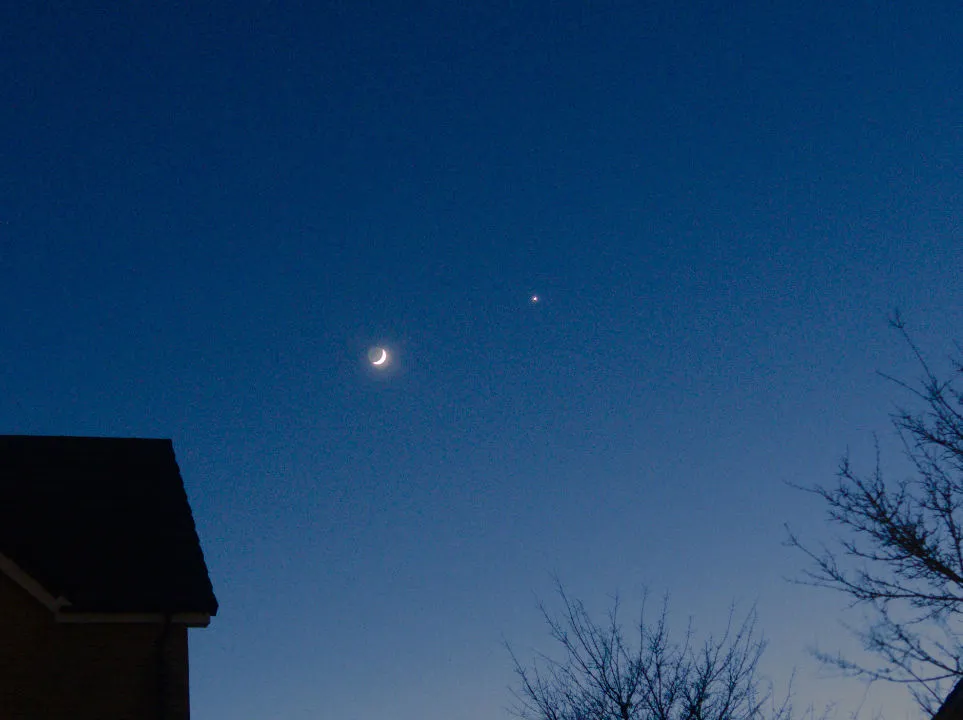On 1 September, Venus is located near to the twin stars Castor (Alpha (α)) and Pollux (Beta (β) Geminorum). It rises two hours before the end of astronomical darkness and shines at around mag. –4.0 for much of the month.
A telescope shows its 19 arcsecond disc to be 59% illuminated on 1 September, reducing in size to 15 arcseconds and 71% illuminated by 30 September.
Between 11 and 15 September, Venus passes south of the beautiful Beehive Cluster, M44, which is located at the heart of Cancer, The Crab.

On 11 September, the planet lies 3.3˚ to the southwest of the Beehive’s centre. This reduces to 2.6˚ on 12 September and 2.3˚ on 13 September when both objects appear at their closest.
On the mornings of 14 and 15 September, Venus gradually nudges further to the east, ending up 1.2˚ southeast of mag. +3.9 Delta (δ) Cancri on the morning of 15 September. A thin 14%-lit waning crescent Moon likes just north of the Beehive on the morning of 14 September.
Any of these morning views will provide an interesting opportunity to record the pair, both with binoculars, a wide-field telescope or photographically. Continuing its movement east, Venus will eventually end up in Leo, close to the star Regulus (Alpha (α) Leonis).
The pair are set for a very close conjunction on the morning of 3 October, appearing just 12 arcseconds apart on that date.
- For more events like this, read our guide to upcoming conjunctions and how to see them.

Venus as a morning object
Beautiful Venus was a stunning evening twilight object for much of the first half of 2020. On 3 June, it lined up with the Sun, reaching a position known as inferior conjunction.
This placed it in line with the Sun on the earthward side of its orbit. It then rapidly re-emerged into the morning sky where we find it this month.
We covered the mechanics of Venus's orbit in our podcast Venus special: farewell to the evening star.
Pete Lawrence is an experienced astronomer and a co-host of The Sky at Night. This guide originally appeared in the September 2020 issue of BBC Sky at Night Magazine.
